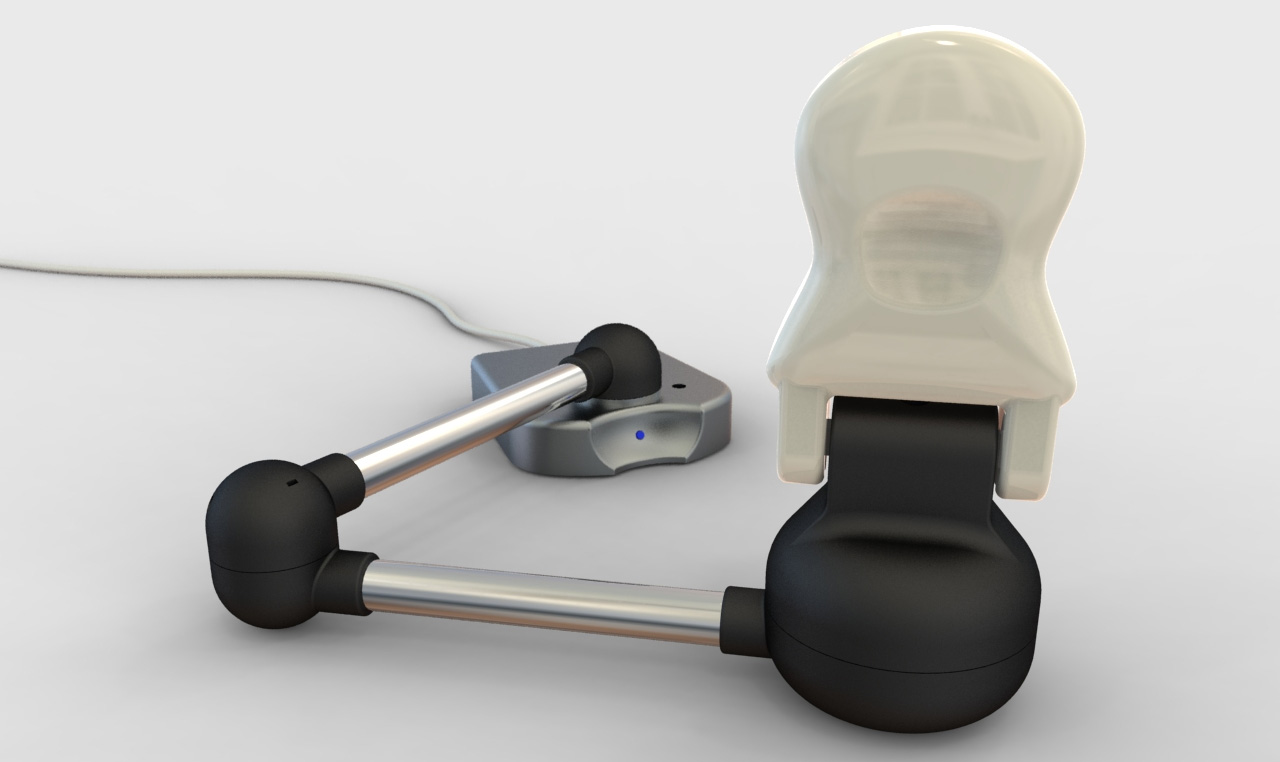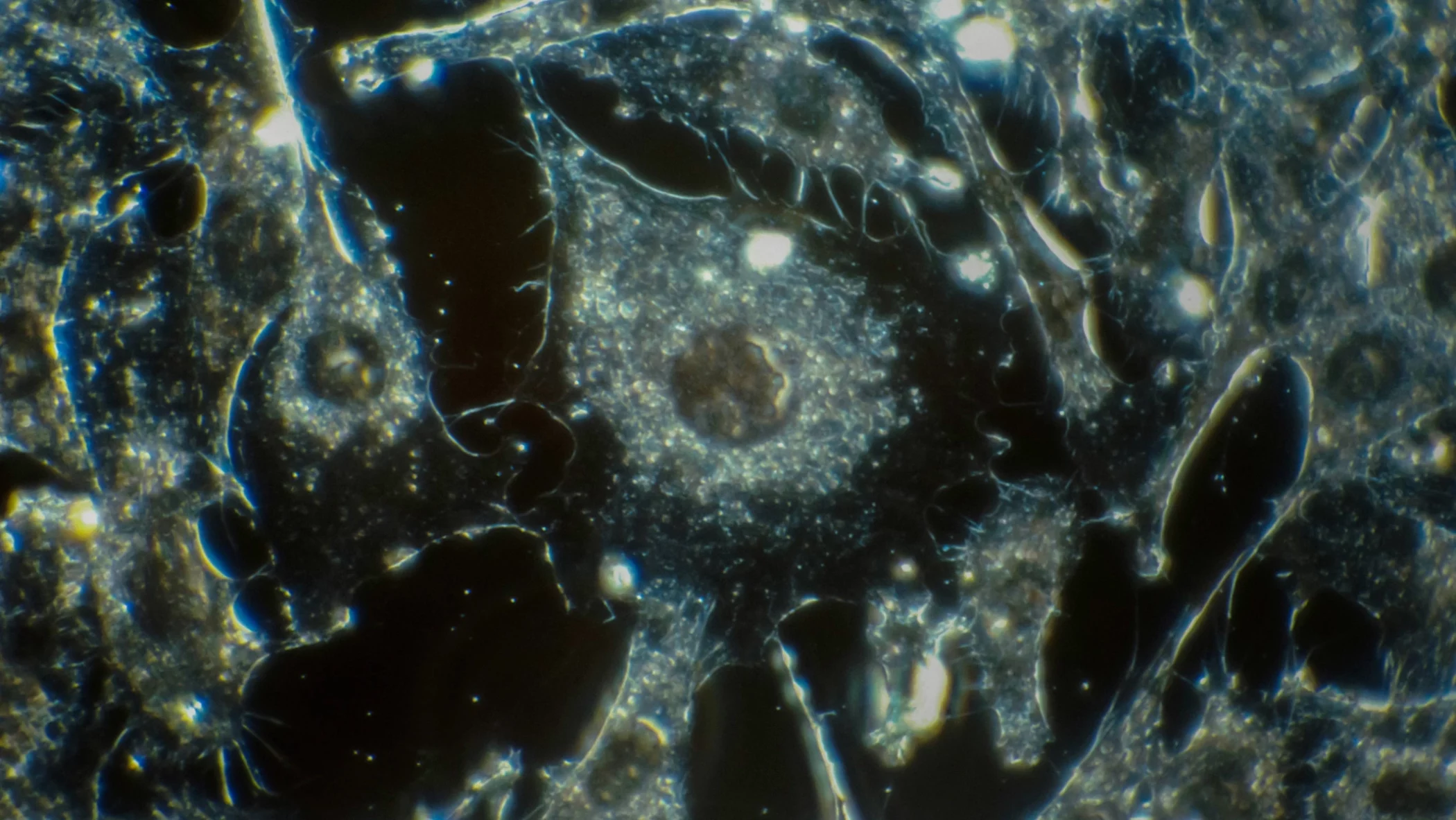A new controller device that greatly improves the ease of use of 3D medical imaging workstations has been developed at the University of Cambridge and Addenbrooke’s Hospital.
The device will be presented at RSNA2010, the annual meeting of the Radiological Society of North America, to be held later this month in Chicago.
The huge growth in three-dimensional medical imaging technology in recent years means that radiologists are now routinely examining complex 3D data image sets. Increasingly, they are using 2D image planes that slice through this data at a variety of angles to obtain the most clinically informative view.
However, current approaches used to orientate the 2D image plane within the 3D data are cumbersome and visually distracting. Workstations with conventional keyboards and mice require users to rely on multiple reference images and multiple operations to change the orientation of the image plane.
A new controller, invented by Professor David Lomas of the Department of Radiology at the University of Cambridge and Dr Martin Graves of Cambridge University Hospitals NHS Foundation Trust, allows radiologists to orientate 2D views created from 3D data easily and rapidly without depending on reference images. By allowing the radiologist to focus only on the clinical image, the controller minimises the spatial disorientation and visual distraction associated with existing approaches.
The intuitive mode of action of the controller developed by Lomas and Graves is inspired by clinical ultrasound, where the operator directs their attention fully to the diagnostic image and avoids distracting interactions with the system interface. The inventors realised that the reason this was possible was that the ultrasound probe is always in contact with and constrained by the patient’s skin surface. By developing a controller that mimics this surface constraint, they have created a device that is as easy and intuitive to use as an ultrasound probe.
Radiologists provide vital diagnostic information that has a huge impact on patients and increasingly work at computer workstations for many hours a day. Until now the ergonomics of workstations has been a low priority. By making the examination of clinical data more intuitive, this controller is an important improvement for medical imaging workstations.
The controller device can also be used to orientate the image plane during real-time MRI examinations in a similar fashion to ultrasound.
Cambridge Enterprise, the University of Cambridge’s commercialisation group, has worked closely with the inventors and is currently seeking commercial partners to further the development of this novel technology.
Tags: 3D, Addenbrooke's, david lomas, martin graves, medical imaging, MRI scan, NHS, radiology, RSNA2010











